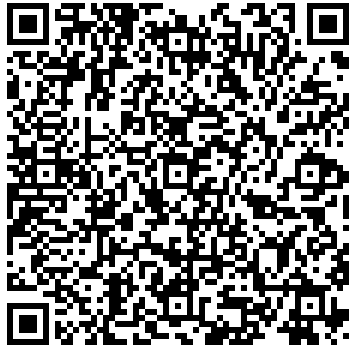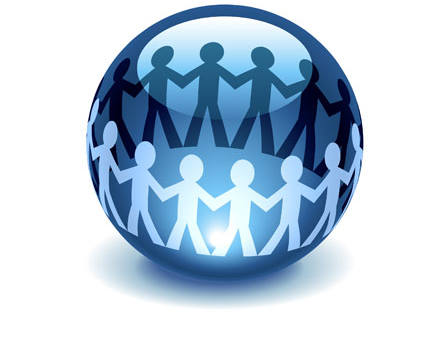In 1999, the television show, Big Brother began airing in the Netherlands. Within a year it had spread to ten other countries and within five years to seventy countries. The title of the show comes from George Orwell’s novel, 1984. This article however is neither about Big Brother nor about Survivor, which began a year later although both are fascinating phenomena and worthy of discussion, but rather is about Boston Med a documentary television show with a difference.

Is it a coincidence that so-called reality television gained notoriety at the same time as the Internet and Social Media became more and more ubiquitous? And, to what degree have the combination of reality TV and traditional documentary practices become interdependent? The Internet has also expanded the ground and breadth of narrative television by creating an interface between “real” life and storytelling particularly through the use of social media. Let me explore these points a bit further.
Clearly, the nomenclature is contradictory here. From the start, reality television has been a sophisticated cover for a carefully planned process built on the foundations of the documentary, fictional cinema and TV. The editing is as intense as conventional narratives, and the shooting is never as spontaneous as it looks. The brilliance of reality television is that it has managed to create an aura of truth about what happens to its characters. From marriage to food to fashion design, using contests and conflict, reality TV has become the cheapest way to tell stories about people, their lives and their aspirations. It also exploits both the audiences and the characters that are central to its success.
The word reality refers to what appears to be spontaneous activities and events that even in real life are never as spontaneous as the shows make them appear. Reality TV is a combination of candid camera, news type editing and gossip. Think of Entourage as reality TV, and if you resist that, ask yourself why?
The confusion here between artifice and real life is the same as the artificial distinction between online and offline life. There is as much storytelling to everyday life as there is reality, tragedy and happiness. Fiction and truth are bedfellows. The relationships are fuzzy and sometimes infuriating, but always mixed. In other words, there is no such thing as truth without fiction. This is a broader argument; suffice to say that a show like Boston Med takes the medical drama of ER or Grey’s Anatomy to another and far more important level, blatantly using the devices, locales and narrative structure of those shows to far greater effect.
A crucial distinguishing feature of Boston Med is its use of music both during and after very serious medical events: this is combined with first person narratives sometimes by doctors and other times by nurses and patients and family. All the characters talk to the camera and thus to the audience. Their spontaneity has been carefully constructed both through editing and some terrific camera work. This is all done in a present tense sort of way to make it feel as if events are unfolding in real time, even if the histories we witness have been compressed into a few minutes.
The brilliance of the show is the seamless manner in which the stories link together over the length of the series and the interconnected sets of relations that we witness between all the characters irrespective of their status. The camera work, sometimes handheld and sometimes not, is carefully paced between close-ups and traveling shots but never to the point of distraction.
Every hour of this eight-hour series was punctuated by helicopter shots of patients arriving for treatment. These were combined with exterior shots of Boston both from the ground and from the air. Metaphors of urgency were built into the fabric of every sequence. Everything is normal in this world, but nothing can ever really be normal in medicine.
The template for each show is similar: bring doctors and patients into the foreground through interviews that appear to be spontaneous and frame their experiences of medical care from crisis to cure, or in some instances to failure; cover cases of great complexity where the doctors become natural heroes as they struggle with what seem to be overwhelming odds; intercut some carefully constructed operating room footage to give the experiences an air of reality, and add the drama of personal conflict, as well as the human elements necessary to identify with the characters.
If all of this seems mechanical, Boston Med for the most part pulls it off largely because so many of the characters are really interesting and also because it is impossible not to feel the pain and fear of various patients as they struggle with their bodies and their mortality. It is also fascinating to peer into the lives of physicians and nurses and to recognize their humanity and the sacrifices they make for their profession and their patients.
The fact that this carefully constructed show seems to be “real” is because most of Boston Med tells genuine stories through a highly sophisticated use of artifice. Fabrication is at the core of the documentary impulse, and this is not meant as a pejorative comment. This brings me back to the Internet.
The Internet is really a vast network of story pages told for the most part in the first person with Facebook as the primary interface among people seeking information about each other, as well as providing a context for the exchange of ideas and fantasies. Facebook and Twitter are built on narrative principles. On Facebook you have your main page, which is your home. This is a place where you can list what you like and show everything from your photo album to your furniture. Facebook pages unfold synchronously and asynchronously. And for many, Facebook allows the personal to be public. Your Facebook home is your environment and your diary, a visual, oral, chat and game space, the living room or basement of your house.
Twitter augments all of this by increasing the pace of connection and varying the density and purpose of the stories people tell each other. The overlay of first person and third person perspectives opens the news and personal events to constant comment. In other words, social media takes private lives and makes them public even if you limit your “friends” to a few hundred. Imagine trying to do what Facebook does over the phone.
This intermingling of the private and the public is at the core of the storytelling on Boston Med and, in fact, all of forms of television and film. Our identities are being shaped by these interactions, by the interfaces between the stories we tell each other and their transposition into the broadcast and social media context. The media in general are making it possible to be unashamedly voyeuristic under the cover of truth.
Watch Boston Med and you will understand why.
 Friday, May 20, 2011 at 11:14AM
Friday, May 20, 2011 at 11:14AM 





